Recycling Technology Petrochemicals CO2 03-11-2021 - Arhive
Recycling Technology Petrochemicals CO2
Crude Oil Prices Trend

-Eneos set The November contract price of benzene in Asia at USD1,035 per tonne
Eneos (formerly JXTG Nippon Oil & Energy), part of Eneos Holding, a major petrochemical producer in Japan, set the November contract price of benzene in Asia at USD1,035 per tonne, up USD50 per tonne from the October contract price, a company source told ICIS.
The price was approved on the terms of delivery of CFR
Asia. Spot quotations of benzene were supported by an increase in the cost of oil for several weeks.
Meanwhile, the company denominated the November contract price for the material at USD1,040 per tonne, up USD55 per tonne from the previous month’s contract
price. The October contract price of the company’s benzene in Asia was set at USD985 per ton, which is USD5 per ton higher compared to the contract price of September.
Benzene is the raw material for the production of styrene, which in turn is the main raw material component for the production of polystyrene (PS).
According to the ICIS-MRC Price Review,in Russia, the cost of the Nizhnekamsk substation in November will increase by 15,000-17,000 rubles. per ton, the plant’s customers reported.
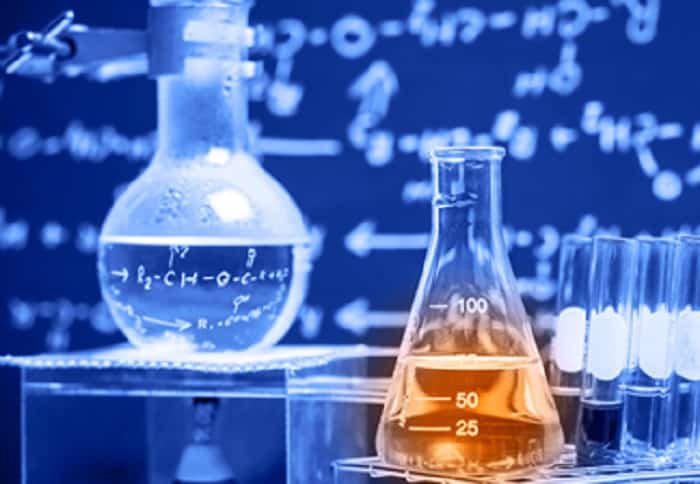
-NOVA Chemicals and CNG Scale Up Use of Post-Consumer Resin
NOVA Chemicals Corporation (“NOVA Chemicals”) and Charter Next Generation (“CNG”) today announced a significant milestone in the large-scale use of postconsumer
resin (PCR) for flexible film applications.
The two companies have successfully collaborated to increase the supply of more sustainable films for packaging and advance a circular economy where
valuable plastic materials are recycled to be used again and again. Railcar quantities of PCR arrived at CNG’s manufacturing facilities in October.
“We’re incredibly proud to introduce railcar quantities of PCR to our portfolio of product offerings.
This is a significant milestone in how we’re delivering value to our customers and there’s much more to come as we look to achieve our bold ambition of creating a circular economy for plastic materials,” said Luis Sierra, president and chief executive officer, NOVA Chemicals.
“Incorporating PCR into products and packaging is an essential component to eliminating plastic waste. We are delighted to work with film
producers like Charter Next Generation to help shape a world where plastic products are even better tomorrow than they are today.” NOVA Chemicals’ polyethylene PCR (PE-PCR) business is expanding to support customer demand for recyclable film structures with recycled content to meet converter, brand owner and retailer sustainability goals.
NG’s purchase of recycled, linear low-density polyethylene (rLLDPE) can be used in a range of non-food film applications including e-commerce packaging, heavy duty sacks, collation shrink and industrial films.
“Charter Next Generation is proud to be a leader in sustainable film solutions and is committed to proving that circularity at scale is possible,” said Kathy Bolhous, chief executive officer, Charter Next Generation.
“Our work with NOVA Chemicals is another step forward on our journey. Together, we’re pioneering efforts to deliver circular polymers to our customers.”
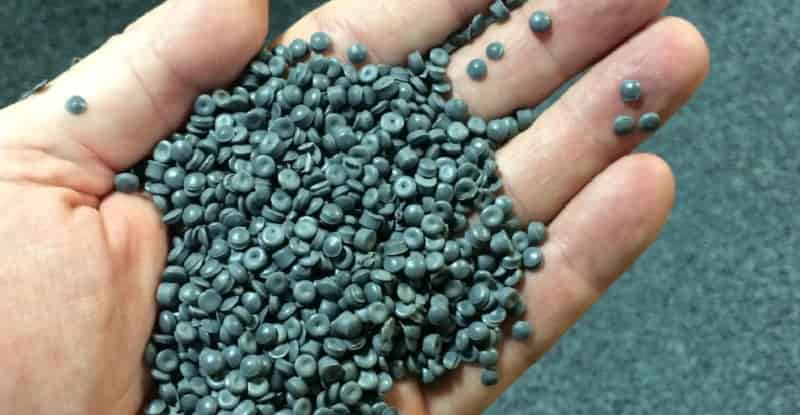
– Honeywell’s UpCycle Process Technology expands the types of plastics that can be recycled
– New technology can potentially increase the amount of global plastic waste that can be recycled to 90% when used in conjunction with other chemical and mechanical recycling processes
– New technology can produce recycled feedstock used to make plastics with 57% less CO2-equivalent emissions than plastics produced from fossil feeds
– Sacyr, a Spain-based engineering and services company, will be the first to use the technology Recycling Technology Petrochemicals CO2
Honeywell today announced the commercialization of a revolutionary process that expands the types of plastics that can be recycled and can produce feedstock used to make recycled plastics with a lower carbon footprint. The new technology can reduce the need for fossil fuels in the creation of virgin plastics while enabling hundreds of cycles of recycling, with the goal of enabling a circular economy for plastics.
Honeywell’s UpCycle Process Technology utilizes industry-leading molecular conversion, pyrolysis, and contaminants management technology to convert waste plastic back to Honeywell Recycled Polymer Feedstock, which is then used to create new plastics. The UpCycle Process technology expands the types of plastics that can be recycled to include waste plastic that would otherwise go unrecycled, including colored, flexible, multilayered packaging and polystyrene. When used in conjunction with other chemical and mechanical recycling processes — along with improvements to collection and sorting – Honeywell’s UpCycle Process Technology has the potential to increase the amount of global plastic waste that can be recycled to 90%.

-EU heads plastic recycling innovation
Europe leads the world in innovation in plastic recycling and bioplastic technologies, according to a report from the European Patent Office (EPO).
The 38 member states covered by the EPO accounted for 30% of patenting activity worldwide in these sectors between 2010 and 2019. This effort, seen as crucial in tackling plastic waste, was matched only by the US – also on 30%. ‘While plastics are essential to the economy, plastic pollution is threatening ecosystems all over the planet,’ says EPO President António Campinos. ‘The good news is that innovation can help us to address this challenge by enabling the transition to a fully circular model.’
The EPO report, ‘Patents for tomorrow’s plastics: Global innovation trends in recycling, circular design and alternative sources’, analyses the number of international patent families (IPFs), each of which represents an invention for which patent applications have been filed at two or more patent offices worldwide (so-called high-value inventions). Within plastic recycling, the EU27 accounts for 30% of all IPFs.
Bioplastics encompass a broad variety of bio-based, biodegradable and/or compostable plastics and the EU27 are particularly specialised in bio-based modified starch, used as a plant-based alternative to PET, and bio-based rubbers (used for tyres), where they hold a global share of international patent families of 28% and 31%, respectively.
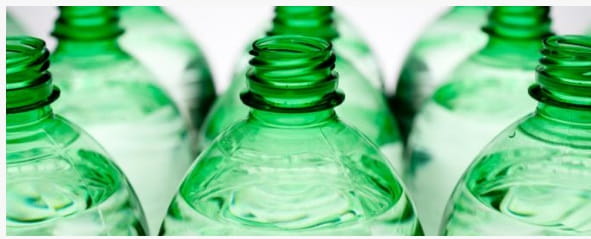
-Scaling Carbon Capture Might Mean Thinking Small, Not Big
A London-based startup is shrinking the size of carbon capture plants as it tries to popularize a green technology that’s been slow to expand beyond limited applications.
Carbon Clean Solutions Ltd. is building small, replicable reactors that can remove carbon dioxide from industry and power generators. Carbon capture could be a key way for companies to eliminate their emissions quickly as governments issue net-zero mandates before the COP26 climate summit in Glasgow, Scotland.
Techniques have been around for years, but the low price of pollution dimmed their appeal. In Europe, it costs about 60 euros ($70) to release a metric ton of carbon dioxide into the atmosphere for industries covered by the bloc’s emissions market. That’s the opportunity for Carbon Clean, which says it can capture a ton of carbon emissions for as little as $40 now. Recycling Technology Petrochemicals CO2
The secret sauce is a design that shrinks the carbon capture mechanism to about one-tenth the size of conventional designs, even down to 1 cubic meter (35 cubic feet). Smaller size means less material used to build the plant and smaller area taken up in the pollution-spewing factory — which helps make the process cheaper overall. The CycloneCC model announced Oct. 28 could be mass-manufactured for cement production, oil refining or steelmaking.
“The only way you can scale up carbon capture between now and 2030 is if it’s modular and mass produced,” said Aniruddha Sharma, Carbon Clean’s co-founder & chief executive officer. “Bespoke installation will never get where you want to be.”
The world may need to capture as much as 7 billion tons of carbon dioxide each year by 2050, under the International Energy Agency’s net-zero modeling. All carbon capture plants in the world today capture about 40 million tons a year, according to the Global CCS Institute.
Carbon capture technologies typically use a chemical in the reactor to trap carbon dioxide from a mixture of gases—like using a magnet to attract iron fillings. Carbon Clean developed a proprietary solvent it says can push costs even lower.
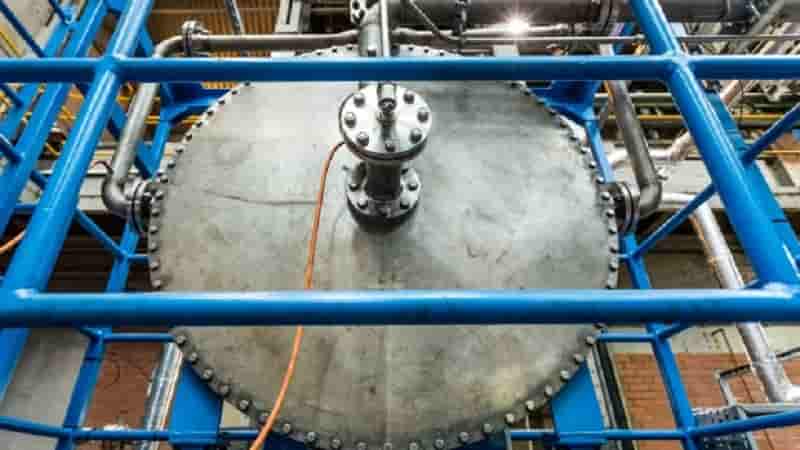
-Revolutionary Chemical Polymer Recycling Method
Now, a team of researchers at the Tokyo Institute of Technology have developed a chemical method that can help transform polymers into a fertilizer source which could revolutionize both plastic recycling methods as well as the food production industry.
One of the most surprising facts that the researchers highlighted was that only 14% of all plastic waste is actually recycled, globally. Another 14% is incinerated for energy recovery while the remaining 72% is simply discarded, which contributes significantly to environmental pollution and the destruction of resources.
Thus, the ‘plastic problem’ is an issue that should be addressed, including developing new circular systems for plastics as humanity is producing nearly 300 million tons of plastic waste each year. Recycling Technology Petrochemicals CO2
Solving Multiple Problems
The Tokyo-based team initially set out to address the problems associated with polymer recycling by developing an innovative chemical recycling system. However, the innovation of the research can also be applied to provide solutions to the food-production industry as resources come under strain.
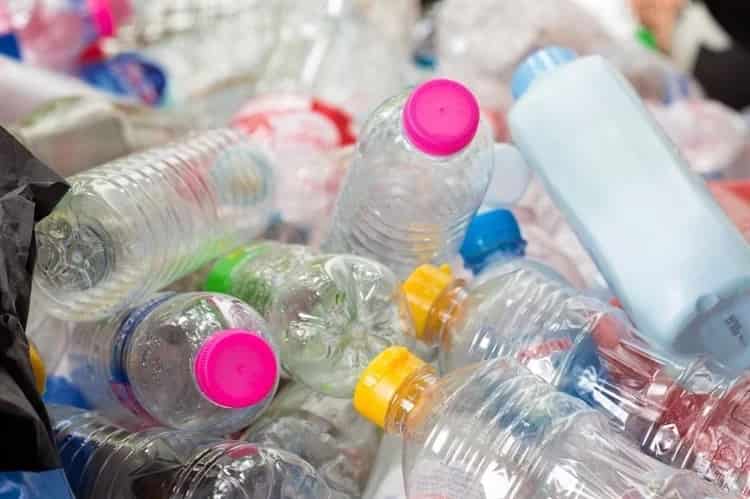
-Chroma Color Further Expands Business with Latest Acquisition of J.Meyer & Sons
The acquisition of the German-based company expands Chroma’s offerings of color concentrates and masterbatches for the medical and pharmaceutical markets.
Chroma Color Corporation has acquired Germany’s J. Meyer & Sons, Inc. a manufacturer of color concentrates and masterbatches for the medical and pharmaceutical markets. When founded in 1883, J. Meyer was initially a toy importer but expanded into the chemical industry during World War II, producing driers for the paint and ink industries. During the 1960s, the company moved into plastics to meet the growing demand for customized colors, and today produces custom and proprietary color masterbatches and compounds. Recycling Technology Petrochemicals CO2
Said Chroma Color’s CEO Shruti Singhal,“Chroma Color is committed to growing our healthcare business through both organic and inorganic activities. The acquisition of J. Meyer & Sons further bolsters Chroma Color’s strengths in supporting our healthcare customers that serve applications like medical devices, medical disposables, and pharmaceutical packaging. The entire team is fully prepared and ready to support J. Meyers & Sons customers during this time of transition and confident their customers will realize immense benefits from Chroma Color’s wide range of capabilities.”

A proposed tax credit hike for US carbon capture and sequestration projects being mulled by Congress could trigger a big jump in use of the climate-fighting technology to clean up industry, but environmentalists worry the scheme will backfire by prolonging the life of dirty coal-fired power plants, according to Hydrocarbonprocessing.
Carbon capture sequestration (CCS) is a technology that siphons planet-warming carbon dioxide from industrial facilities and stores it underground to keep it out of the atmosphere. The administration of President Joe Biden considers it an important part of its plan to decarbonize the US economy by 2050.
Under the proposal, embedded in the Biden administration’s USD1.75 trillion spending package, CCS projects would become eligible for an USD85 credit for each metric ton of carbon dioxide captured and stored, up from the current USD50-per-ton credit that the industry says is too low.
In the current tax credit regime, known as 45Q, CCS has languished. The United States currently has just a dozen operational commercial CCS facilities, along with a handful that have been suspended due to technological or economic problems, according to the Global CCS Institute.
The Clean Air Task Force, which advocates for carbon capture, cheered the proposal to boost the credit, saying it expects the change to lead to a spike in overall carbon capture capacity in the United States of 13-fold by the mid 2030s. It said the subsidy would also help the CCS industry lower costs and speed up deployment time, paving the way for growth in other countries keen to reduce emissions.
The currently existing facilities sequestered just 6.8 MM tons of industrial carbon dioxide underground in 2020, enough to offset the emissions from 1.5 MM passenger cars, according to the Environmental Protection Agency. Additional CO2 was injected underground for so-called enhanced oil recovery, a controversial process that uses the gas to increase oil field pressure to push more oil out of the ground.
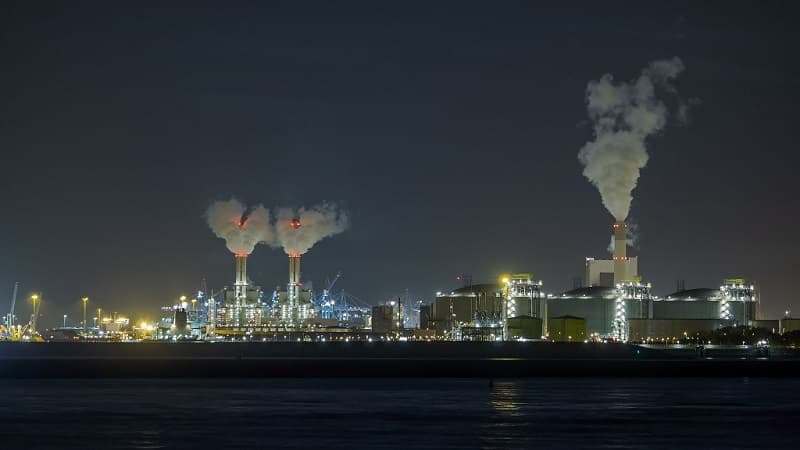
Recycling Technology Petrochemicals CO2
